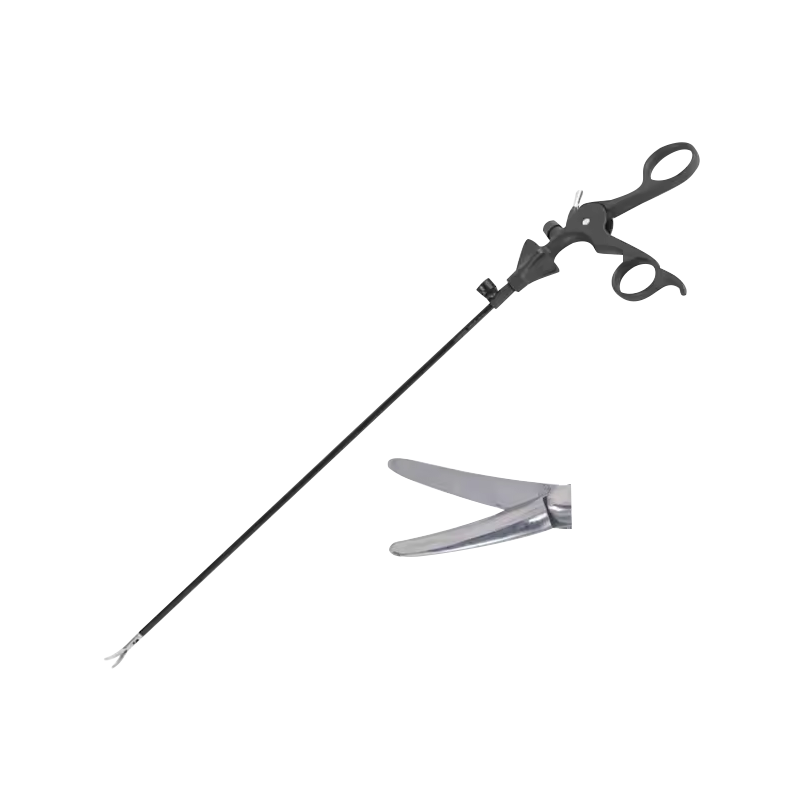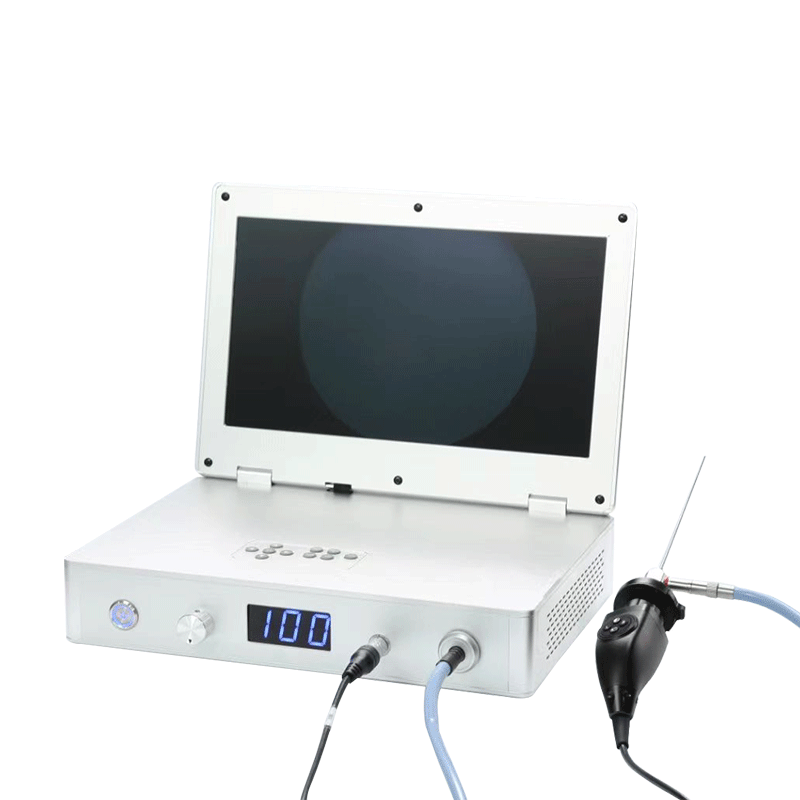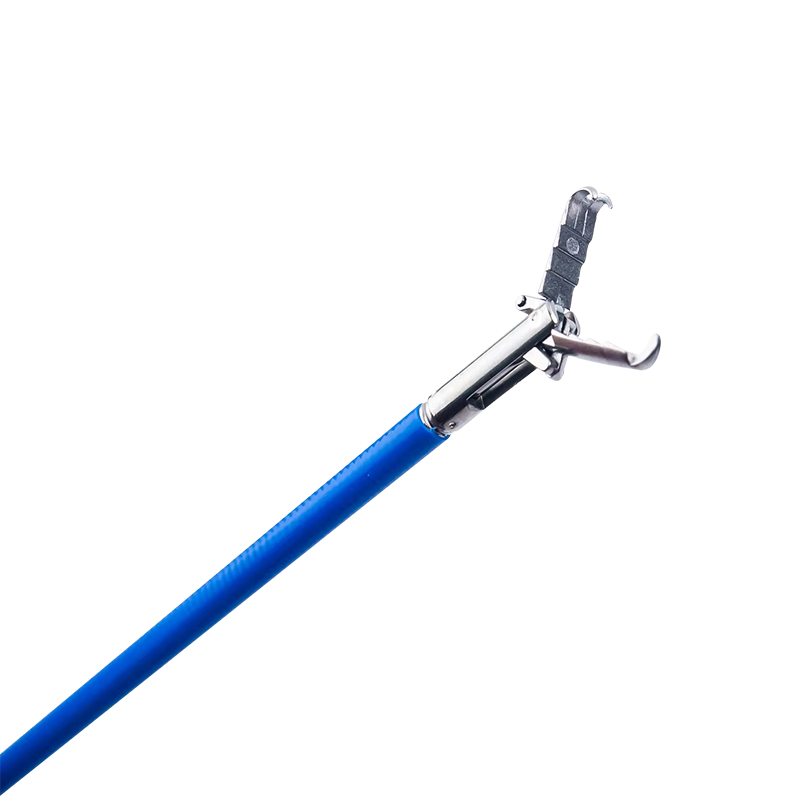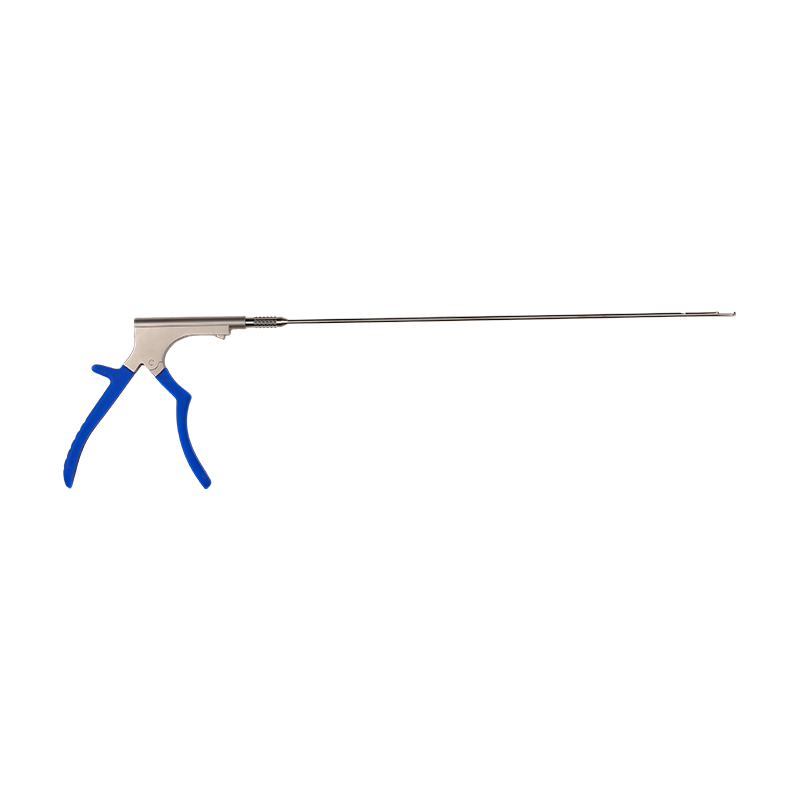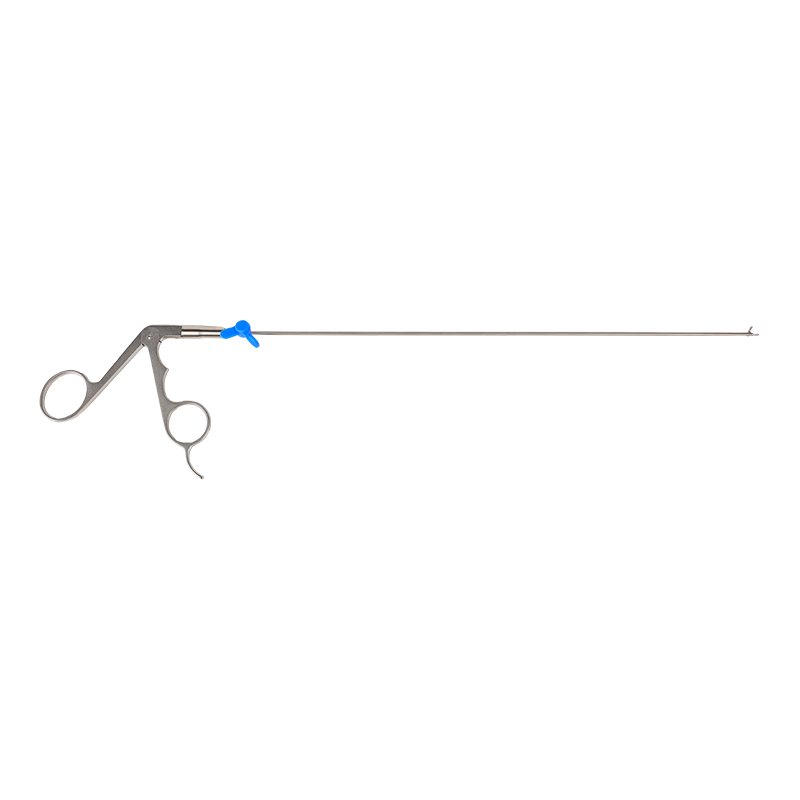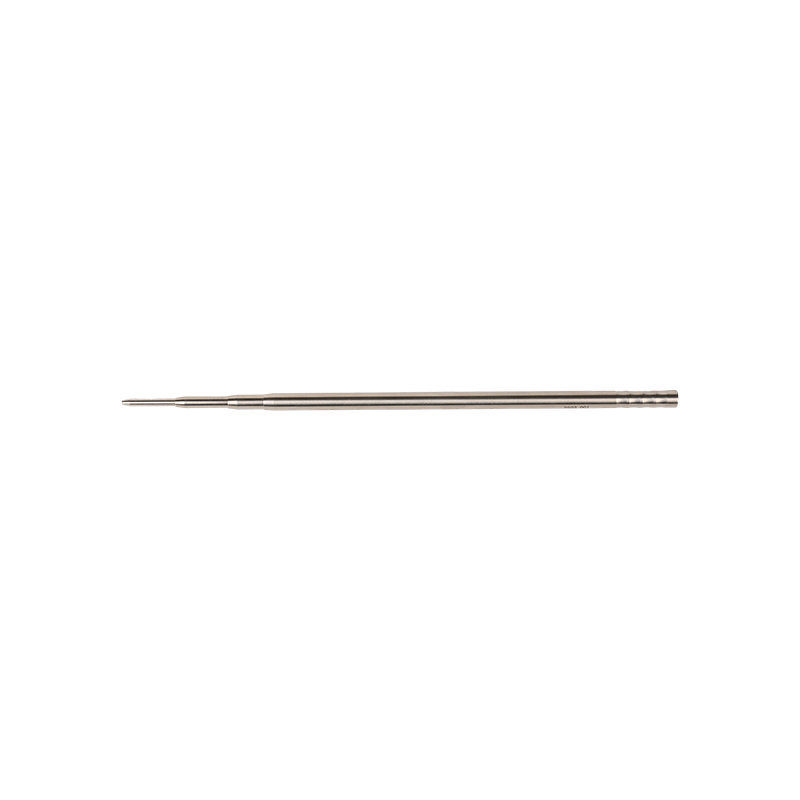Minimally Invasive Surgery (MIS), often referred to as laparoscopic surgery, has revolutionized patient care by significantly reducing recovery times, minimizing pain, and lowering the risk of complications compared to traditional open procedures. At the heart of this surgical evolution lies a suite of specialized instruments, chief among them being the Laparoscopic grasping forceps. These instruments are indispensable tools that provide surgeons with the necessary control and dexterity to manipulate delicate tissues, organs, and foreign objects within the confined operative field.
Design and Functionality
Laparoscopic instruments are defined by their long, slender shafts and small, precise working ends, designed to be inserted through tiny incisions, typically 5 to 12 millimeters in diameter, called ports. The Laparoscopic grasping forceps themselves are complex devices, consisting of several key components:
- The Shaft: A long, narrow tube that allows the instrument to reach the surgical site. The length is crucial for navigating the distance from the incision to the operative area.
- The Handle/Grip: Located outside the patient’s body, the handle allows the surgeon to control the movement of the jaw. Ergonomic designs are critical to minimize surgeon fatigue during long procedures.
- The Jaw/Tip: This is the functional end of the instrument, which comes in various shapes and sizes—such as atraumatic, toothed (DeBakey), or ratcheted—each designed for a specific task, such as holding, dissecting, or extracting tissue.
- The Mechanism: Many forceps incorporate a mechanism for rotation and articulation, offering the surgeon the necessary 360-degree control within the abdominal cavity. Some also feature a ratchet mechanism to lock the jaws, maintaining a grip without continuous hand pressure.
The high-quality construction, often involving materials like surgical-grade stainless steel or titanium, ensures durability, precise action, and compatibility with sterilization protocols.
Types and Applications of Laparoscopic Grasping Forceps
The variety of available Laparoscopic grasping forceps reflects the diverse needs of MIS across different specialties, including general surgery, gynecology, and urology.
Atraumatic Forceps
These instruments feature smooth or finely serrated jaws (e.g., Babcock or Allis type tips) designed to hold delicate structures like the bowel, gallbladder, or ovaries without causing crush injury or necrosis. They are essential for exposure and retraction, ensuring the surgical field is clear for dissection.
Toothed and Heavy-Duty Forceps
These are used for securing dense or fibrous tissues that require a more substantial grip, such as fascia or thick vessels prior to ligation. The toothed tips provide superior traction, which is necessary when applying counter-traction during sharp dissection.
Dissecting Forceps
While primarily used for grasping, some forceps designs are optimized for blunt or sharp dissection, carefully separating tissue planes. These often have a finer tip and are used in conjunction with energy devices or scissors.
The selection of the appropriate Laparoscopic grasping forceps is a critical decision in any MIS procedure, directly impacting the safety and efficacy of tissue handling. Improper selection or technique can lead to tissue damage and poor patient outcomes.
Advancements and The Future of MIS Instrumentation
Ongoing advancements in surgical technology are continually refining the design and utility of the Laparoscopic grasping forceps. Contemporary innovations focus on:
- Increased Ergonomics: Redesigned handles and lighter materials to improve surgeon comfort and reduce tremor.
- Integration with Robotics: Specialized instruments that interface with robotic surgical systems, offering enhanced articulation (up to seven degrees of freedom) and tremor filtration.
- Single-Port Surgery: The development of more flexible and maneuverable forceps designed to operate effectively through a single, small incision.
As MIS continues its trajectory of innovation, the role of the humble Laparoscopic grasping forceps will only become more sophisticated, ensuring surgeons can perform increasingly complex procedures with greater precision and safety, ultimately benefiting patients worldwide.

 English
English عربى
عربى Español
Español